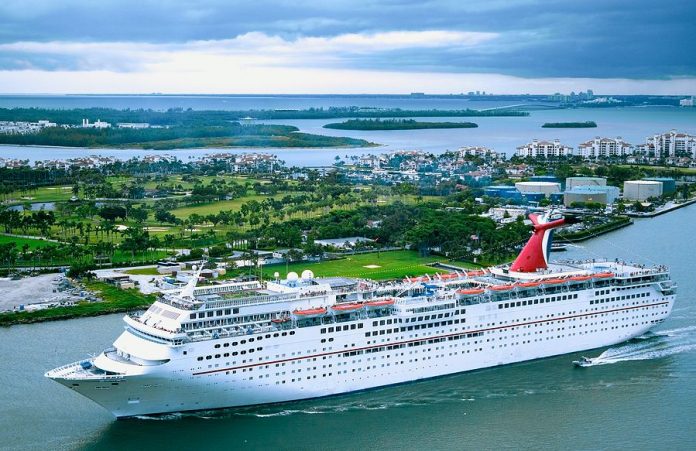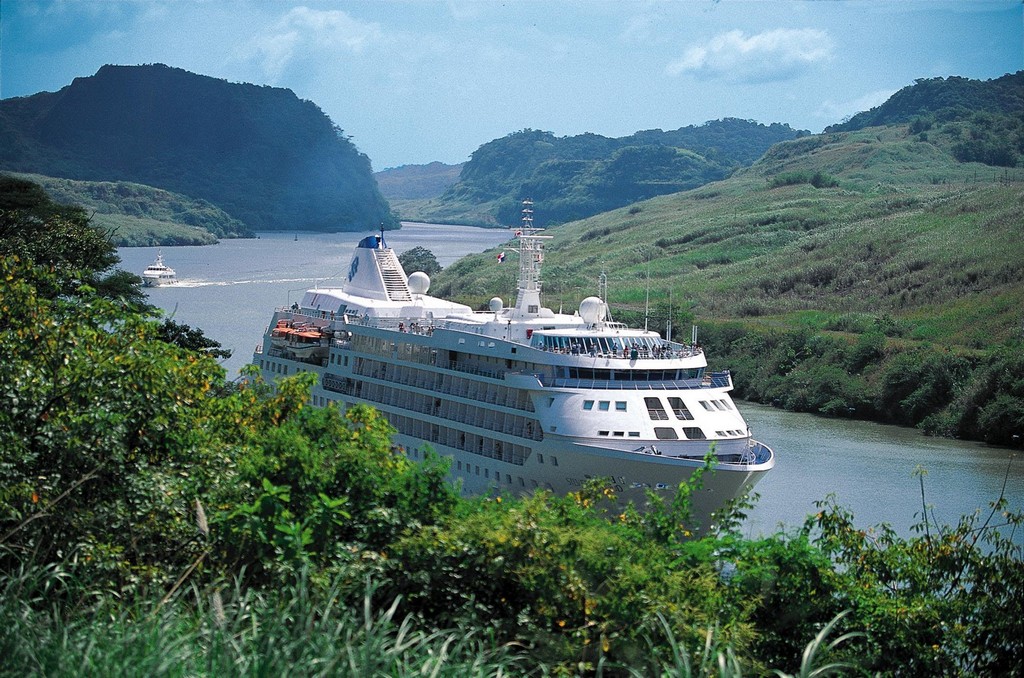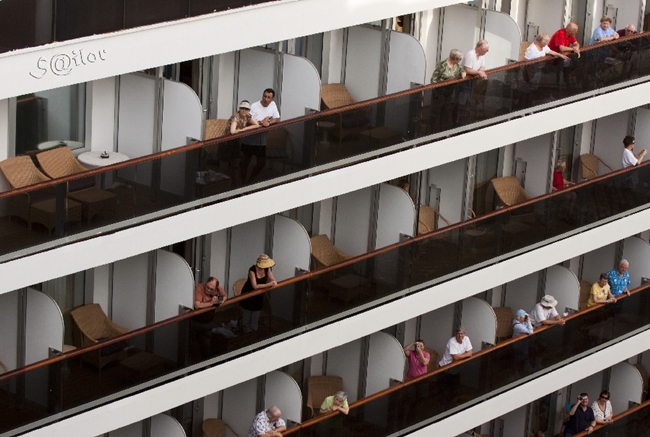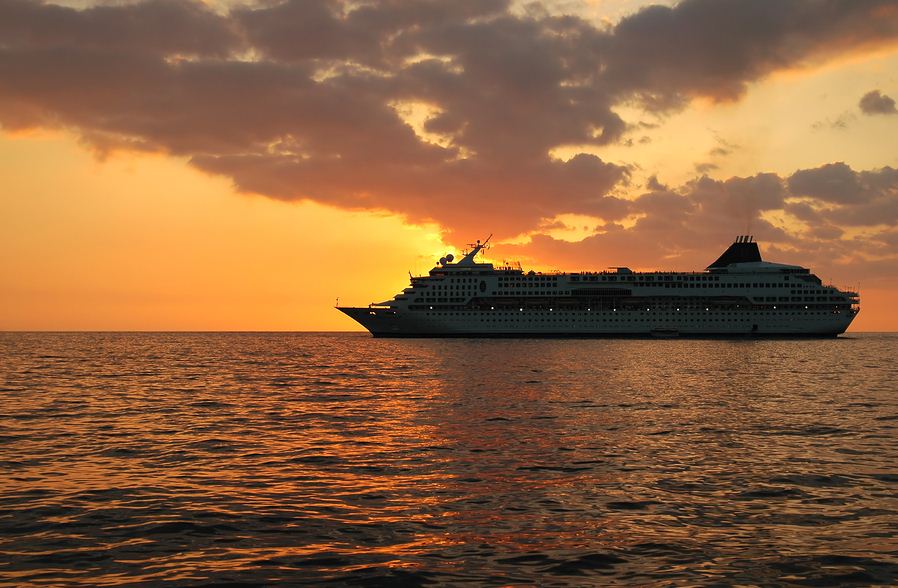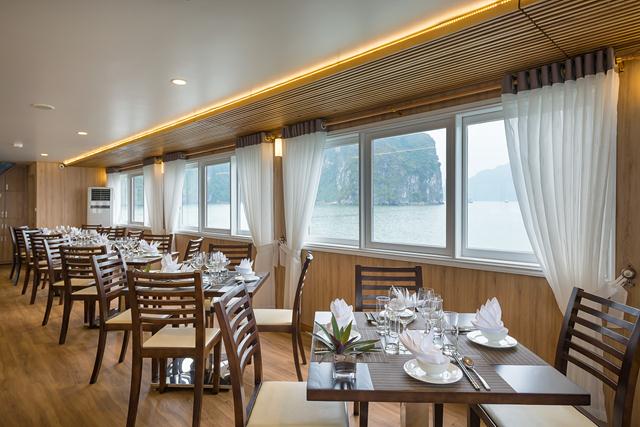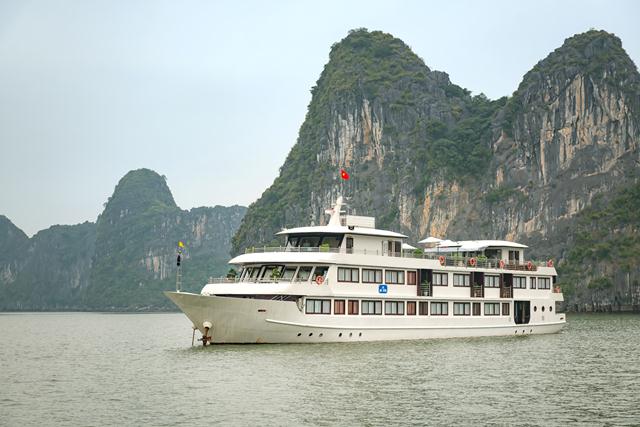If you’re reluctant to book a cruise because of the price tag, take heart: There are plenty of creative ways to cut costs without sacrificing the best parts of the trip. I asked a handful of cruise experts for their money-saving tips. Their responses make it clear that even if you’re tight on disposable income, you can still enjoy the high seas without busting your budget.
- A new research reveals the best time to book a cruise
- 10 must-know things for your best first time European river cruise
- Guide for Buying and Using the Kobe Travel Smart Passport
- How much does a trip to Paris cost: The details of Paris Travel Costs (Traveling, Food, Stay & MORE)
- China requirements for entry: China travel entry requirements, Visa, Regulations, Tips & MORE
#1 Timing Is Everything
There are several timing elements that’ll help you get the most affordable cruise possible. First, book early—at least four months before your desired sailing date, especially if you’re aiming for high season. “You get your choice of cabin, date, and dining times,” says Lori Sheller, vice president of cruise development for Tourico Holidays. Plus, you can take advantage of “early savings promotions” that toss in extra goodies.
Second, try to book during “wave season,” between January and March, which is when cruise lines showcase their most aggressive offers for the year to come. “Deals promoted during wave season are valid for departures throughout the year but require booking during this three-month period,” notes Gabe Saglie, a senior editor at Travelzoo. “Travelers can save up to 75 percent and can find high-value extras like on board credits [and] kids sailing for free.”
Third, schedule your cruise for when kids are in school. “Cruise lines raise prices when families can travel, and prices can double if you cruise during a peak time,” says Tanner Callais, who runs GalvestonCruiseTips.com, To get the bargains, plan to travel between Thanksgiving and mid-December, just after New Year’s, and just after Labor Day, avoiding spring and summer breaks. Weather can be a gamble, but for that you get smaller crowds and a ticket that costs hundreds less.
Fourth, booking last-minute could save you a lot. “Cruise ships, with so many cabins to fill, often push out great last-minute deals,” Saglie says. “If you’re flexible on things like cabin type and itinerary, options abound.” This method works best when you don’t have to fly to your port of call, since you’re not as likely to find affordable last-minute airfare.
#2 Shop the Discount Sites
Sites like Expedia, Travelocity, Orbitz, Priceline, CruiseDirect, VacationsToGo, LastMinuteTravel, and Travelzoo stock impressive wholesale rates, limited-time offers, and extreme discounts off brochure prices.
Other sites can help, too: CouponCabin lists promotional codes for cruises and gets you cash back when you book. Similarly, Upromise members earn 5 percent cash back when reserving a Carnival, Royal Caribbean, Celebrity, or Disney cruise.
After you book, but before you depart, download a price-alert app like Ship Mate, which monitors cruise prices and alerts you to any significant changes. If the price of your cruise drops, you can contact your cruise line or travel agent and try to negotiate a lower price for yourself.
#3 Know What’s Included—and What’s Not
Many passengers assume that once you’ve paid your fare, everything’s included. It’s not. That even goes for so-called all-inclusive voyages. “The devil is in the details,” says Rebecca Brooks, who co-founded Alter Agents, a research firm that represents cruise lines. “Read the fine print and exclusions, then list out all the costs associated with your cruise and divide by the number of days to give you apples-to-apples figures. It takes work but you’ll often find that a more expensive cruise actually balances out with on-board items that truly are inclusive.”
During your cruise-shopping process, take note of each boat’s tipping policy—some lines tack on a mandatory per-day gratuity, an added cost that could weight your budgetary scale in favor of another ship. (Note, however, that if gratuities are added to your bill, you’re not obligated to leave additional tips.)
#4 Use a Travel Agent
Not surprisingly, this is the prevailing advice I got from travel agents. But they’ve got a point: “Cruise agents will save you time and money,” Sheller says, “and they’ll get you the best discounts and amenities, like gifts, shipboard credits, and so on. After all, they’re professionals.”
Consumer advocate Charles McCool concurs: “Because of volume, agents can offer lower prices, better possibility of upgrades, and better amenities.”
And as Tress Prefontaine, a Virtuoso Travel Advisor who owns Prefontaine Travel, says: “They have your best interest and budget at heart. I watch my client’s cruise bookings to see if there’s a better deal after they’ve been booked and then I advocate for them.” Plus, having an agent costs you nothing.
#5 DIY Shore Excursions
To save money and have more authentic experiences, don’t buy shore excursions through your cruise line. Instead, explore your itinerary’s stops on your own. A day of simple wandering can be more memorable than boarding a crowded bus that makes stops so brief that it’s hard to collect a sense of place.
Also, move quickly away from tourist traps. “Guides and shop owners know they can raise prices near the port traffic,” Callais says. “If you travel just a few blocks out of the way, you can save a lot.”
If you prefer guide-led tours, book through a local company or ask your travel agent to arrange a private tour. Reserve them well before you set sail (“The excursions you’re offered onboard are priced at a premium,” Saglie says) and make sure you’re back on the ship before it pushes off—missing the boat is a very expensive proposition.
You can also do things in the morning that’ll save you cash during a port day. David Bakke, a writer for Money Crashers, offers this tip: “When spending a day in port, hit up a buffet before you get off the boat to save on restaurant expenses. Better yet, visit the sandwich bar and stick one—and maybe an extra snack—in your [day] pack.”
#6 Decline the Beverage Package
Unless you’re a massive drinker, all-you-can-drink promotions won’t save you money. “They seem like they’d be worth it given how much time you spend on the ship and the price of drinks,” says Callais, “but all-you-can-drink packages are a terrible deal. Take Carnival’s package for example: It’s $49.95 per day but has 15 percent gratuity automatically added. So the total price is $57.44 per day. A 16-ounce Bud Light runs roughly $6.50 after gratuity. That means you have to drink nine 16-ounce beers every day before you get your money’s worth. And you’re charged for every day of the cruise, so even if you’re in port and not drinking on the ship, you still have to pay for unlimited drinks. That makes the math even tougher.”
If you love the idea of a perpetually open bar, consider booking a more expensive cruise whose ticket price includes booze, soda, and bottled water—run the numbers and you may find, depending on your drinking habits, that the more luxurious line might actually constitute the better deal.
Nancy Porter, a travel manager for Global Connections, recommends that travelers who drink wine with dinner should buy a bottle at the main dining room during their first day at sea. “It’s less costly than purchasing it by the glass,” she says, “and if you drink less than the full bottle, they’ll bring it back to you the following evening.”
Also: Before leaving home, check your ship’s alcohol policy—if you’re allowed to bring your own, do that.
#7 Plan Your Parking
Driving—as opposed to flying—to your cruise port is another good way to save, if it’s geographically feasible. Still, you’ll have to find a place to park, and many ports charge $15 per day. “Most people pay for parking at official port lots,” Callais says, “but that’s always the most expensive option. Independent lots are near every port and usually charge 50 percent less. To save even more, look into parking at a hotel. If you stay at a hotel the night before, they will often let you park for free during your cruise. All you have to do is call and ask.”
You can also go to BuyReservations.com, which specializes in airport and cruise port hotels: Any hotel you book through the site comes with free long-term parking, plus free round-trip transfers to your embarkation point.
Consider taking Uber or Lyft if your point of origin isn’t too far—cost estimates for both services are available at UberEstimate and LiftCalculator, respectively.
#8 Once You’re On, Log Off
Internet and Wi-Fi access are among the worst things you can buy on a cruise, value-wise. Many ships charge $0.55 to $0.75 per minute for connections that are excruciatingly slow. (Plus, breaking out your laptop could make your travel mates resent you.)
Though some companies are trying to improve their middle-of-the-ocean coverage and lower their rates, that won’t be industry standard anytime soon. Until then, save your emailing for Internet cafes in ports of call.
You might be able to use your cell phone during port days. But be careful about roaming charges—or buy a travel SIM card that includes roaming, like WorldSim, which is usable in almost 100 countries and on some cruise ships too.
#9 Stay Loyal
Once you’ve found a cruise line you love, stick with it. “The best cruise deals are actually the ones on offer when your cruise is just about over,” says Sheridan Becker, a travel guidebook writer. “Sure, you’re booking a year in advance, but returning customers get great deals. Holland America alumni, for example, are treated like royalty. During my most recent voyage, I could not believe their price point nor how many people were signing up for their next cruise onboard.”
Doing that could also minimize your deposit and make it refundable, Sheller says. “And you can easily change the itinerary,” she adds. Plus, most cruise lines offer loyalty programs with rewards like shore excursions, drink packages, and onboard credit.
#10 Look Beyond the Megaships
If you look past the massive ship companies—which is tough to do, given their pervasive marketing campaigns—you’ll see that there are more special cruising experiences to be had, often at comparable or better value.
“Small ships offer an opportunity to get up close and personal with charming, off-the-beaten-path locales that large ocean carriers could never directly reach,” says Saglie. “Though large liners certainly have their perks, small ships offer savings: On many small ships, cabin types start at ocean view, no upgrade necessary. Perks that are typically a la carte on larger vessels are included—think unlimited premium beverages and shore excursions. And travelers can be in a port almost every day, with ships even docking overnight.”
Saglie recommends river boats, too: “There are dozens of new vessels on European rivers, so that intimate, boutique-y, cultural, foodie river cruise you’ve always dreamt about is more affordable now than just a few years ago.”
To save half off regular rates, look for repositioning cruises—those with unconventional itineraries due to the need to get the boat from one part of the world to another. “Sailing between the Caribbean and Alaska, for instance, has a much lower daily rate than cruises within the Caribbean or Alaska,” says McCool.

For frugal travelers who don’t mind a dash of adventure, McCool suggests freighter cruises. The rustic experience aboard cargo ships can be gotten for a sliver of what you’d pay for a mainstream cruise. “Ports of call may not be the popular ones, but might be even more desirable,” he says. “Jaded veteran cruisers crave their relative solitude and appreciate dining with a native crew—say from Turkey—with authentic cuisine served for every meal.”































![10 best airports in Asia in 2016 [RANKED] kuala-lumpur-international-airport-best airports in asia in 2016 by skytrax ratings](https://livingnomads.com/wp-content/uploads/2016/08/29/kuala-lumpur-international-airport-best-airports-in-asia-in-2016-by-skytrax-ratings-218x150.jpg)








